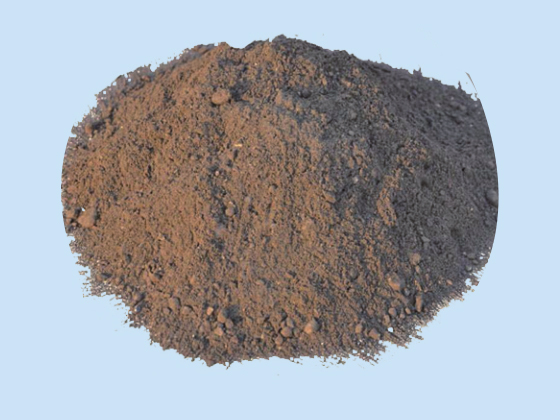
Liaoning Haicheng Xinyue Refractories Co., Ltd.
Mobile phone: +86-15041737767 +86-13322303666
Website:yushunda.com.cn
Mailbox: xinyuenaihuo@163.com
Address: East Pai Lou Industrial Park, Pai Lou Town, Haicheng, Liaoning.
Dry ramming is an unshaped refractory which is constructed by ramming (manual or mechanical) method and hardened by heating above normal temperature. It is made by mixing refractory aggregate, powder, binder, additive with water or other liquid with a certain gradation. There are high alumina, clay, magnesium, dolomite, zirconia and silicon carbide - carbon refractory ramming materials according to material classification. It is used to fill the filling material between furnace cooling equipment and masonry gap or masonry leveling layer. The ramming material has good chemical stability, erosion resistance, wear resistance, peeling resistance, heat shock resistance, and is widely used in metallurgy, building materials, non-ferrous metal smelting, chemical, machinery and other manufacturing industries
Dry ramming materials include acidic ramming materials (silica sand and silica, zircon), neutral ramming materials (corundum, mullite), alkaline ramming materials (magnesia, magnesia-alumina) and carbonaceous and silicon carbide ramming materials (corundum-silicon carbide-carbon, alumina-carbon, magnesium oxide-calcium oxide) Carbon, etc.)

In core induction furnaces, neutral dry ramming is generally used in the furnace. The material of dry ramming material used by inductors varies with service conditions. Neutral dry ramming is often used in non-ferrous metal smelting furnaces. Alkaline or neutral dry ramming materials are often used in ferrous metal smelting furnaces. Dry ramming materials can be constructed by direct or indirect vibration in two ways. The direct ramming method is to ram the refractory material directly with a vibrator. After a layer of refractory material is fully compacted with a rammer, the surface of the refractory material is raked loose, a new layer of material is filled, and then the refractory material is fully compacted with a rammer. Such a layer is carried out until construction is completed. Although this method is time-consuming, it can avoid stratification between layers. Indirect vibration is the vibration force produced by the rammer fixed on the internal or external mold, and then transmitted to the refractory through the template, so that the ramming material is densified.
The filling density after dry ramming is closely related to the preloading, vibration force, vibration frequency and the number of vibrators. Preloading can increase initial filling density. Increasing the vibration frequency can also increase the filling density. When the tamping frequency is above 50Hz, increasing the vibration force can effectively enhance the filling density of the vibrating body. When the dry vibrating material is not preloaded, the vibration force produced by two perpendicular rammers can be fully compacted.
